Hello everyone,
It feels good to be back again….albeit after a not-too-short break!
2018 appears to have begun with a bang, with stock markets on a high (barring the roller coaster ride in the past few weeks), oil prices bouncing back and the global economy poised to grow at 3.1% – a tad higher than the stronger-than-expected 3% growth achieved in 2017.
Markets – on a high

Growth in advanced economies is expected to moderate slightly to 2.2% in 2018, while growth in emerging markets and developing economies is projected to strengthen to 4.5% [World Bank]. The growth spurt has been helped by a turnaround in trade, years of low interest rates and a rebound in oil prices, which have all boosted confidence.
Justified optimism

Global trade could take a hit thanks to recently announced U.S. policies that seem to flout the “no man is an island” axiom. Will this embolden other nations also to embrace the proverbial “charity begins at home” philosophy or will it be the U.S. versus ROW?
Time will tell.
The manufacturing renaissance in the U.S. is an accepted reality thanks to the shale oil boom driving down energy costs due to technological advancements in fracking.
Technology breathroughs
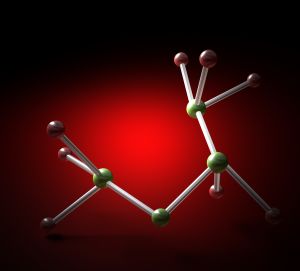
The composites industry continues to be on a roll globally as is evidenced by planned geographical expansion of glass and carbon fiber plants with significant investments especially taking place in the U.S. Recent significant technological breakthroughs in carbon fiber manufacturing entailing multi-fold increase in production output alongside reduced energy consumption that result in cost-effective solutions to meet the projected 300% increase in demand for carbon fibers over the next decade, augurs well for the industry as a whole.
RTP – on a tear

Reinforced thermoplastics (RTP) appear to be on a tear with a host of new applications across a wide spectrum of sectors – from automotive to infrastructure and aerospace. For composites applications, the gap between thermoplastics and thermosets is gradually narrowing, thanks to exceptional development work being carried out by thermoplastics majors jointly with end users and fiber reinforcement producers. The rapid strides made by long-fiber thermoplastics (LFT) in the past few years that enabled higher fiber loading resulted in several breakthrough applications as a viable alternative to metals. Recent developments in short-fiber reinforced thermoplastics indicate that they are making a strong comeback. Piper Plastics claims to have developed a unique short-fiber technology which enables complex parts to be consistently molded with high mechanical properties that eliminates the processing and fiber breakage concerns with LFT compounds. Weld line strength losses and fiber length reduction during processing considered the bane of LFTs, which are reportedly overcome with this short-fiber technology that permits use of lower filler loadings [Plastics Today]. Molded components are 20% lighter and 20-50% stronger than their LFT counterparts. Tensile strengths above 352MPa and flexural modulus exceeding 44,816MPa have reportedly been achieved with PA, PPA, PEI and PEEK thermoplastics.
Success begets success

Continuous fiber reinforced thermoplastic composite (CFRTC) tapes are poised to find use in a variety of industrial applications, thanks to some pioneering work by SABIC. One such product is a glass-filled high density polyethylene (HDPE) composite suitable for applications in water distribution and oil & gas sectors. Glass fiber filled PP tapes with a running length of 4,000 meters can be used in automotive bulkheads and industrial pressure vessels [Plastics Today]. Unidirectional CFRTCs feature a proprietary high- pressure fiber impregnation technology (HPFIT) that quickly and precisely enables the spread and combination of numerous glass and carbon fiber strands in a thermoplastic matrix, yielding a resin-rich surface containing a high density of continuous fibers, very low void content and fewer broken fibers. The lightweight, high strength UD CFRTCs provide a replacement solution for metal, plywood and other traditional materials that includes automotive and aerospace applications.
Offshore wind power – bigger and better
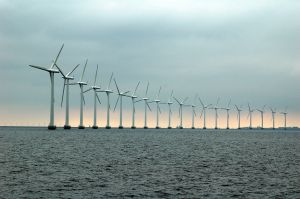
Bigger and better is the name of the game when it comes to wind turbines – both onshore and offshore, especially the latter. Bigger rotors and blades cover a wider area, thereby increasing turbine capacity (total potential production). Taller turbines get the blades higher up in the atmosphere where the wind blows more steadily. This increases the turbine’s capacity factor as it runs more often (more revolutions). Greater height and higher winds result in increased stresses [Vox]. Bigger turbines harvest more energy, more steadily – the bigger they get, the less variable and more reliable they are and the easier they integrate into the grid. Offshore wind power is at an all-time high in Europe, with the concept of floating offshore wind farms now a commercial reality. GEs proposed monstrous 12MW offshore wind turbine will be the largest to date – rotor diameter of 722 ft, blade length of 351 ft and an unusually high capacity factor, producing around 67GWh annually. Wind power costs ($/MWh) have already dropped 65% since 2009 and expected to fall another 50% by 2030, driven primarily by technological innovations. CFRP composites are expected to play a major role thanks to the lighter weight (compared to GFRP) which is so relevant when it comes to dynamic balancing of larger turbine blades.
BIG is obviously beautiful and better when it comes to offshore wind turbines!
Hydrogen economy – coming to town

The low carbon hydrogen economy of the future is showing signs of rapid acceleration. Toyota’s concept car Mirai (FCV) apparently has paved the way for buses and trains also to be powered by hydrogen in the near future. The U.S. Air Force is touting a zero emission renewable hydrogen fuel cell bus as a step towards additional Department of Defense (DOD) applications. Canada is hinting it would like to be the first country in the world with a full size hydrogen fuel cell passenger train [Triple Pundit]. Van Hool, an independent bus, coach and industrial vehicles manufacturer has landed a contract to supply 40 hydrogen FCVs to Germany in what is the largest order for H2 powered FCVs ever placed in Europe. The first in a fleet of 11 Toyota Mirai police cars was delivered to London’s Met Police earlier this week (mid-March) as the force begins the roll out of the world’s biggest fleet of H2-fuelled police vehicles. Per Toyota, the Mirai police cars will cost around half the price of a diesel squad car to run and can theoretically cover more than 300 miles on a single tank [Auto Express]. A common factor in all these developments is the use of CFRP pressure vessels for storing the hydrogen plus a host of lightweight components in composites for the cars, buses and trains.
Are we on the cusp of a zero emission hydrogen revolution with composites riding on its coattails? You could definitely say so!
Lightweighting innovations abound

A new generation of thermoplastic composite sheet based on a modified Styrene- acrylonitrile (SAN) matrix with woven glass fiber reinforcement reportedly combines structural stiffness with surface aesthetics, thereby opening up potential applications in the automotive sector. The thermoplastic composite sheets can be thermoformed, back-injection-molded and decorated in just a single processing step [Plastics Today]. Simultaneously, the lower shrinkage during the solidification phase of the styrenic copolymer matrix reduces the surface roughness (waviness) significantly, resulting in superior surface quality. This composite offers a thickness reduction potential of up to 50-70% compared to injection molded parts resulting in a weight reduction /sq meter of 40-50%. Potential semi-structural applications in automotive interiors include seating modules, lower consoles, instrument clusters and tailgate modules. The composite is said to offer excellent mechanical properties including stiffness and impact strength.
Carbon fiber SMC has been used by Toyota for the liftgate in the 2017 Prius Prime plug-in hybrid (improves package space even with additional room needed for batteries) and in doors and deck lid for the Lexus LC. The composite allows Toyota to make narrower rear pillars, thereby enabling drivers to have an improved sight line [Plastics News].
Metals bastion – narrowing the gap

While technology developments abound with all materials of construction, clearly those taking place in the composites sector merit special mention as they are truly “composite” in nature – variation in form and type of reinforcement(s), cure characteristics of the resin (chemistry), equipment processability, mold design, adhesive bonding of different substrates ++. It is the successful confluence of all these aspects that ultimately results in a commercially viable product. Fortunately, the stakeholders in the value chain share tremendous synergy in all these developments which makes the end results all the more commendable, worthy of encore “high fives”!
Composites have still a long way to go when it comes to being the preferred material of choice for several industrial applications, where metals still rule roost. Storming the metals bastion is difficult, but not impossible as the recent spate of successes of composites would show. The fact that ACMA‘s perseverance in promoting composites in the infrastructure sector in recent times is paying rich dividends, bears ample testimony to the inroads made by innovative technology advancements in this field which can further progress from “good to great” in the near future.
Till the next post,
Cheers,
Twitter: @essjaycomposite
We specialize in Authentic Market Research Reports on Composites!


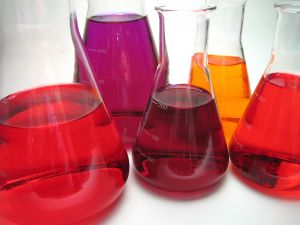

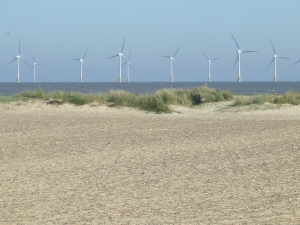







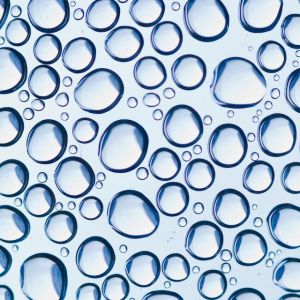



























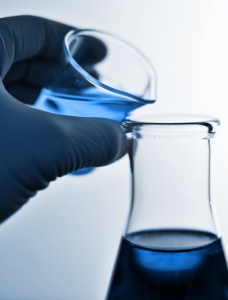



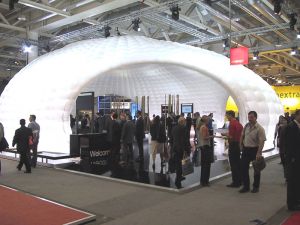



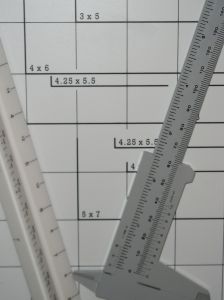





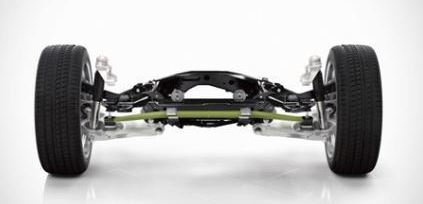


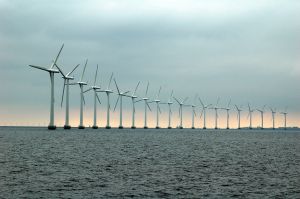


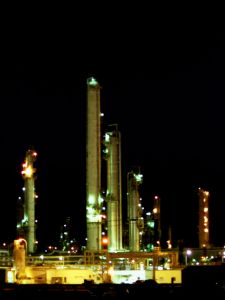

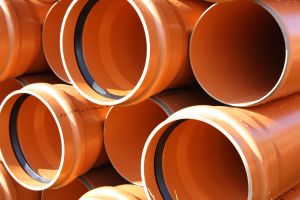
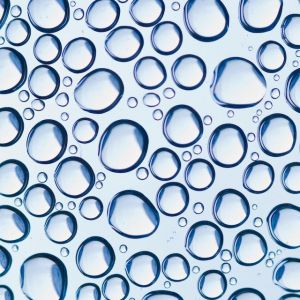
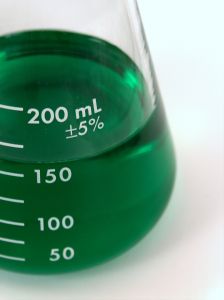


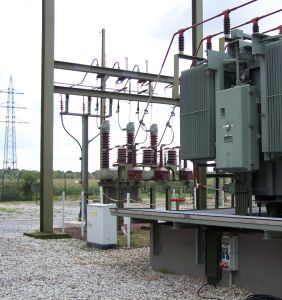





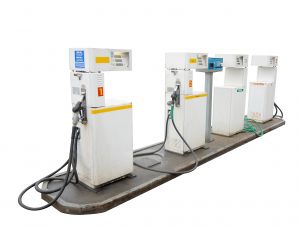




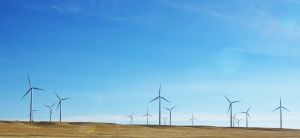
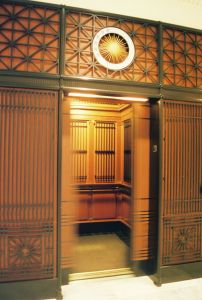
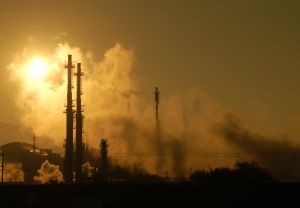
You must be logged in to post a comment.